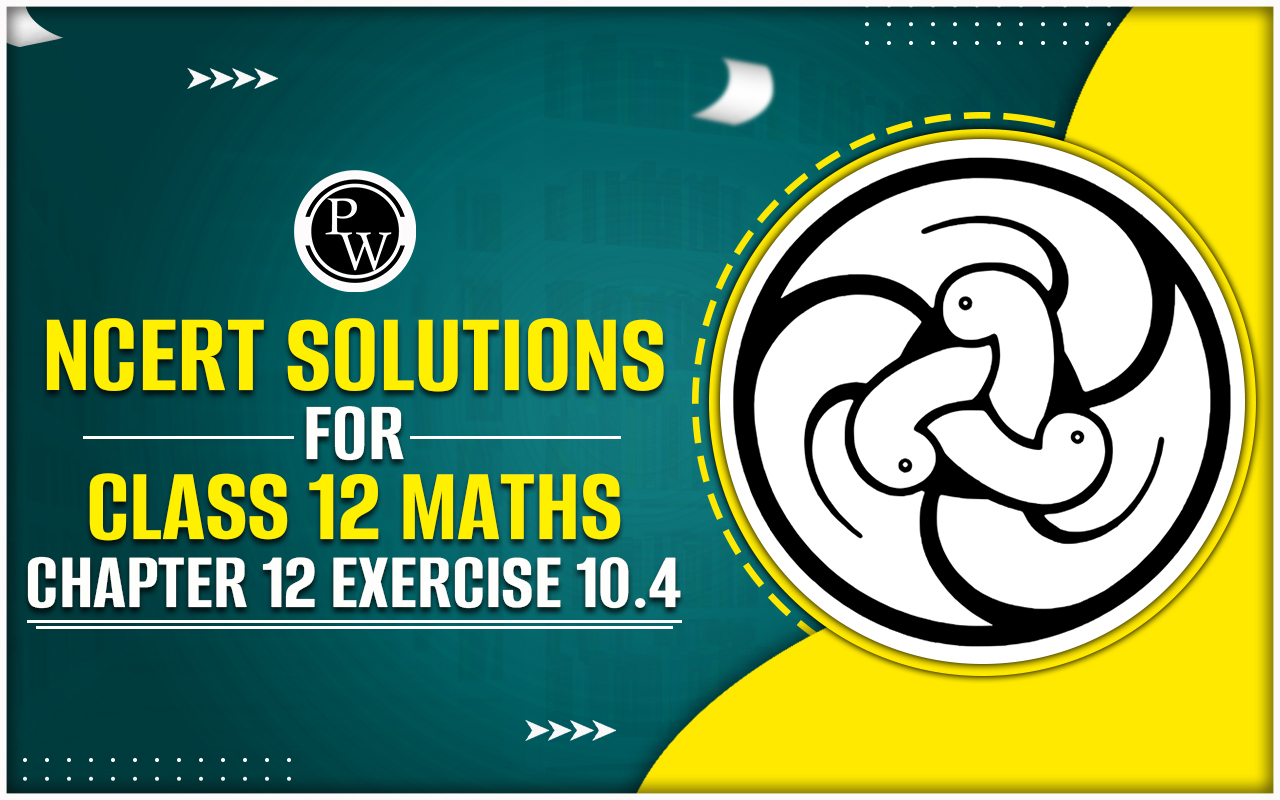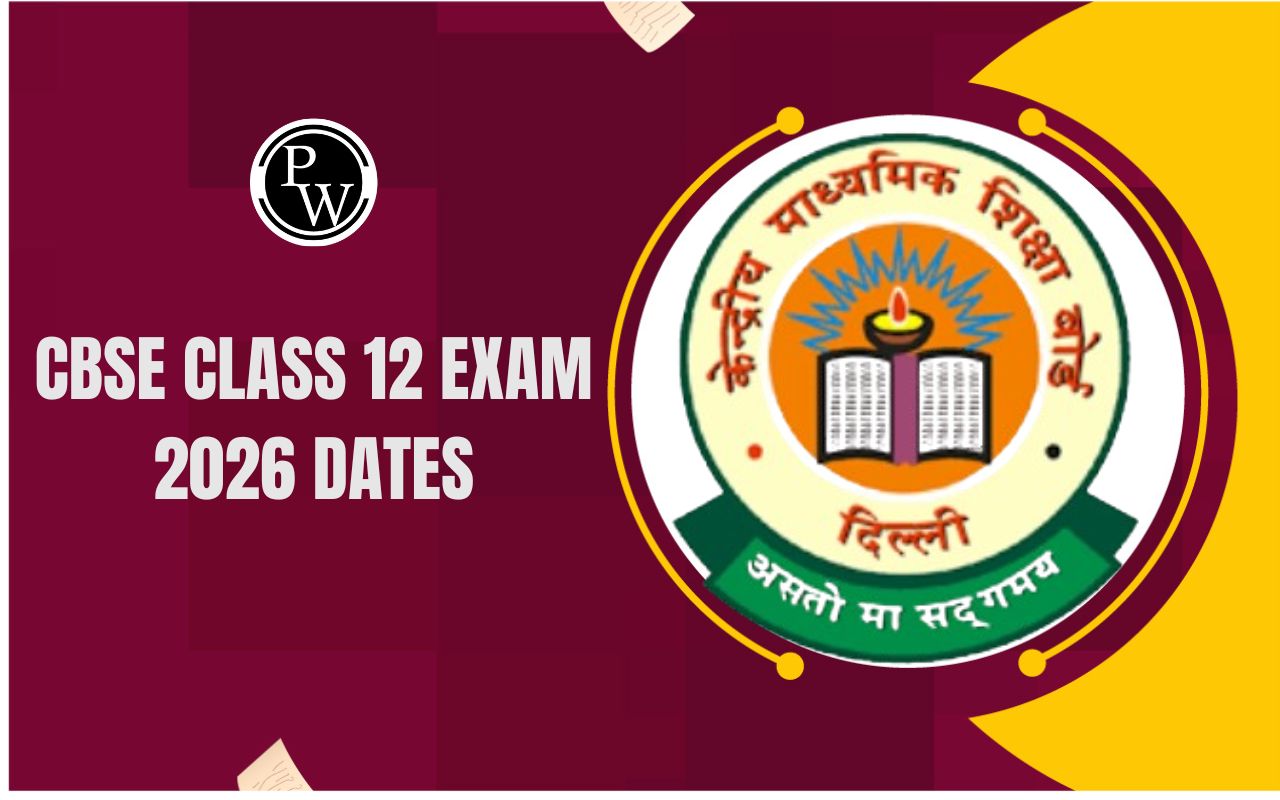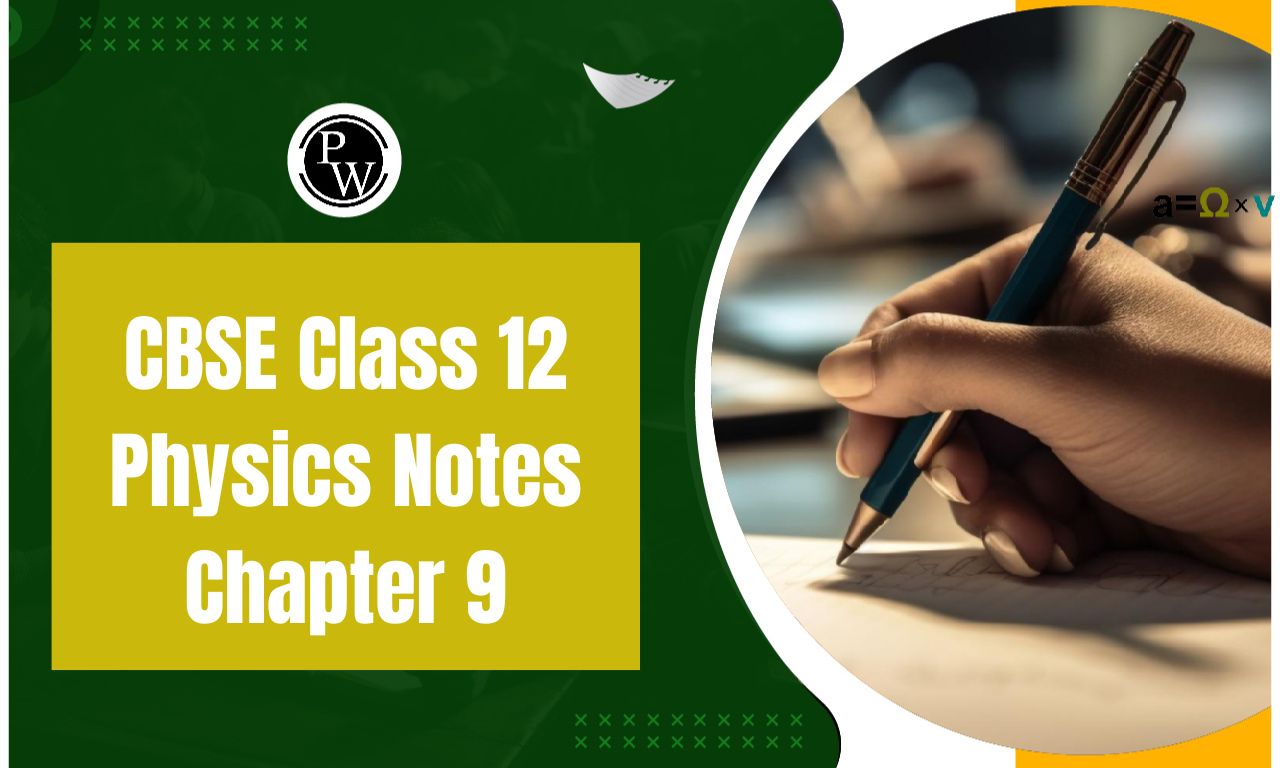

NCERT Solutions for Class 12 Maths Chapter 10 Exercise 10.4 (Vector Algebra): NCERT Solutions for Class 12 Maths Chapter 10 Exercise 10.4 are all about working with vectors. Vectors are used to represent quantities that have both magnitude and direction, like forces or velocities. In this exercise, you'll learn how to multiply vectors both in a regular way and in a special way called dot product and cross product. These operations are useful in geometry and physics to solve problems involving distances, angles, forces, and motion. The solutions provided in this exercise help you understand these concepts better and solve problems step by step. By practicing with these solutions, you'll become more confident in dealing with vector problems and improve your math skills.
NCERT Solutions for Class 12 Maths Chapter 10 Exercise 10.4 Overview
NCERT Solutions for Class 12 Maths Chapter 10 Exercise 10.4 of Vector Algebra is prepared by the academic team of Physics Wallah. We have prepared NCERT Solutions for all exercise of Chapter 10. Given below are step-by-step solutions to all questions given in the NCERT Solutions for Class 12 Maths Chapter 10 Exercise 10.4.
NCERT Solutions for Class 12 Maths Chapter 10 Miscellaneous Exercise
NCERT Solutions for Class 12 Maths Chapter 10 Exercise 10.4
Solve The Following Questions. Question 1. Find |.png) x
x
.png) | if
| if
 Solution :
We have,
Solution :
We have,

NCERT Solutions for Class 12 Maths Chapter 10 Exercise 10.1
Question 2. Find a unit vector perpendicular to each of the vectors Solution :
We have
Solution :
We have

NCERT Solutions for Class 12 Maths Chapter 10 Exercise 10.2
Question 3. If a unit vector.png) makes an angle π/3 with
makes an angle π/3 with
 and an acute angle θ with
and an acute angle θ with
 then find θ and hence, the components of
then find θ and hence, the components of
.png) .
Solution :
Let unit vector
.
Solution :
Let unit vector
.png) have (
a
1
,
a
2
,
a
3
) components.
have (
a
1
,
a
2
,
a
3
) components.

NCERT Solutions for Class 12 Maths Chapter 10 Exercise 10.3
Question 4. Show that Solution :
Solution :
 Question 5. Find λ and μ if
Question 5. Find λ and μ if
 Solution :
Solution :
 Question
6. Given that
Question
6. Given that
.png) .
.
.png) = 0 and
= 0 and
.png) x
x
.png) = 0 What can you conclude about the vectors
= 0 What can you conclude about the vectors
.png) and
and
.png) ?
Solution :
?
Solution :
.png) .
.
.png) = 0
Then,
(i)
Either |
= 0
Then,
(i)
Either |
.png) | = 0 or |
| = 0 or |
.png) | = 0, or
| = 0, or
.png) ⊥
⊥
.png) (in case
(in case
.png) and
and
.png) are non - zero)
are non - zero)
.png) x
x
.png) = 0
(ii)
Either |
= 0
(ii)
Either |
.png) | = 0 or |
| = 0 or |
.png) | = 0 or
| = 0 or
.png) ||
||
.png) (in case
(in case
.png) and
and
.png) are non - zero)
But,
are non - zero)
But,
.png) and
and
.png) cannot be perpendicular and parallel simultaneously.
Hence |
cannot be perpendicular and parallel simultaneously.
Hence |
.png) | = 0 or |
| = 0 or |
.png) | =0.
Question
7. Let the vectors
| =0.
Question
7. Let the vectors
.png) ,
,
.png) ,
,
.png) be given as
be given as
 then show that
then show that
 Solution :
We have
,
Solution :
We have
,
 Hence, the given result is proved.
Question
8. It either
Hence, the given result is proved.
Question
8. It either
.png) = 0 and
= 0 and
.png) = 0 then
= 0 then
.png) x
x
.png) = 0 Is the converse true? Justify your answer with an example.
Solution :
Take any parallel non-zero vectors so that
= 0 Is the converse true? Justify your answer with an example.
Solution :
Take any parallel non-zero vectors so that
.png) x
x
.png) = 0
= 0
 Hence, the converse of the given statement need not be true.
Question
9. Find the area of the triangle with vertices A (1, 1, 2), B (2, 3, 5) and C (1, 5, 5).
Solution :
The vertices of triangle ABC are given as A (1, 1, 2), B (2, 3, 5), and
C (1, 5, 5).
The adjacent sides
Hence, the converse of the given statement need not be true.
Question
9. Find the area of the triangle with vertices A (1, 1, 2), B (2, 3, 5) and C (1, 5, 5).
Solution :
The vertices of triangle ABC are given as A (1, 1, 2), B (2, 3, 5), and
C (1, 5, 5).
The adjacent sides
 and
and
 of ΔABC are given as:
of ΔABC are given as:
 Hence, the area of ΔABC is √61/2 sq. units.
Question
10. Find the area of the parallelogram whose adjacent sides are determined by the vectors
Hence, the area of ΔABC is √61/2 sq. units.
Question
10. Find the area of the parallelogram whose adjacent sides are determined by the vectors
 Solution :
The area of the parallelogram whose adjacent sides are
Solution :
The area of the parallelogram whose adjacent sides are
.png) and
and
.png) is |
is |
.png) x
x
.png) |.
Adjacent sides are given as:
|.
Adjacent sides are given as:
 Hence, the area of the given parallelogram is 15√2 sq. units.
Question
11. Let the vectors
Hence, the area of the given parallelogram is 15√2 sq. units.
Question
11. Let the vectors
.png) and
and
.png) such that |
such that |
.png) | = 3 and |
| = 3 and |
.png) | = √2/3 then
| = √2/3 then
.png) x
x
.png) is a unit vector, if the angle between
is a unit vector, if the angle between
.png) and
and
.png) is:
(A) π/6
(B) π/4
(C) π/3
(D) π/2
Solution :
It is given that |
is:
(A) π/6
(B) π/4
(C) π/3
(D) π/2
Solution :
It is given that |
.png) | = 3 and |
| = 3 and |
.png) | = √2/3
We know that
| = √2/3
We know that
.png) x
x
.png) = |
= |
.png) ||
||
.png) |sin
θ
, where n is a unit vector perpendicular to both
|sin
θ
, where n is a unit vector perpendicular to both
.png) and
and
.png) and
θ
is the angle between
and
θ
is the angle between
.png) and
and
.png) .
Now,
.
Now,
.png) x
x
.png) is a unit vector if
|
is a unit vector if
|
.png) x
x
.png) | = 1
| = 1
 Therefore, option (B) is correct.
Question
12. Area of a rectangle having vertices A, B, C and D with position vectors
Therefore, option (B) is correct.
Question
12. Area of a rectangle having vertices A, B, C and D with position vectors
 respectively is:
(A) 1/2
(B) 1
(C) 2
(D) 4
Solution :
The position vectors of vertices A, B, C, and D of rectangle ABCD are given as:
respectively is:
(A) 1/2
(B) 1
(C) 2
(D) 4
Solution :
The position vectors of vertices A, B, C, and D of rectangle ABCD are given as:
 The adjacent sides
The adjacent sides
 and
and
 of the given rectangle are given as:
of the given rectangle are given as:
 Now, it is known that the area of a parallelogram whose adjacent sides are
Now, it is known that the area of a parallelogram whose adjacent sides are
.png) and
and
.png) is
|
is
|
.png) x
x
.png) |
.
Hence, the area of the given rectangle is |
|
.
Hence, the area of the given rectangle is |
 x
x
 | = 2 sq. units.
Therefore, option (C) is correct.
| = 2 sq. units.
Therefore, option (C) is correct.
NCERT Solutions for Class 12 Maths Chapter 10 Exercise 10.4 FAQs
What are some important properties of dot (scalar) product?
How do I find the cross (vector) product of two vectors?
What are the applications of vector algebra in geometry and physics?













